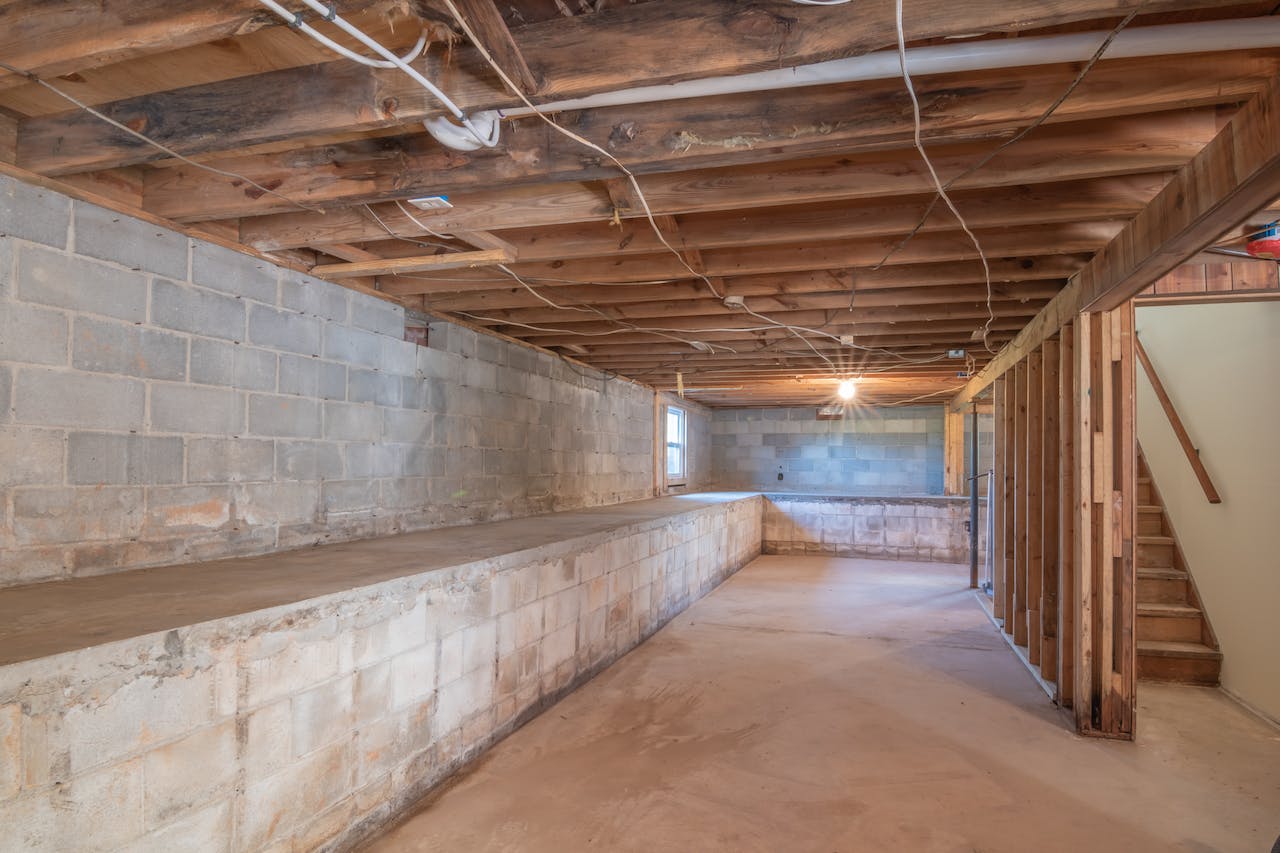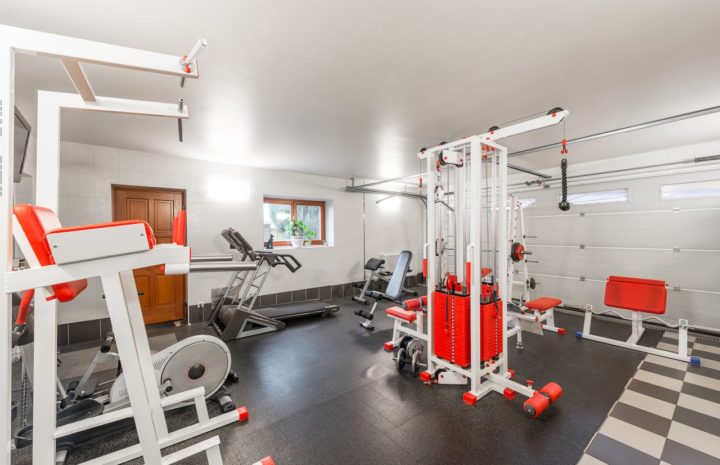Transforming your basement into a home gym is not only a smart investment but also provides you with the convenience of working out in the comfort of your home. No more crowded gyms or waiting for equipment – just a dedicated space tailored to your fitness needs. But before you start picking out exercise machines and weights, there are some important factors to consider when creating a home gym in your basement. From assessing the available space to ensuring proper ventilation and lighting, we have all the tips and tricks you need to turn that unused area into your workout sanctuary. Aside from a home gym, you can also transform your basement into a cellar. If you want to build a cellar sustainably, read the article in archzine.net. So grab your water bottle, and let’s get started.

Assess Your Space
When creating a home gym in your basement, the first step is to assess the available space. Take a good look at the layout and dimensions of your basement. Consider any obstacles or features that may impact how you set up your workout area. One important factor to consider is ceiling height. Ensure there is enough clearance for exercises requiring overhead movements like jumping jacks or shoulder presses. You don’t want to end up banging your head on the ceiling mid-workout.
Flooring Matters
When it comes to creating a home gym in your basement, one of the most important considerations is the type of flooring you choose. Flooring matters because it can impact your workout experience and help protect both your equipment and your body. You’ll want to ensure the flooring provides adequate support and cushioning for high-impact exercises. Look for rubber or foam mats that offer shock absorption and reduce strain on joints. Consider the durability of the flooring material. Your home gym will likely see a lot of foot traffic and heavy weights being dropped, so opt for materials that are resistant to wear and tear.
Ventilation and Air Quality
When setting up a home gym in your basement, it’s important to consider ventilation and air quality. A well-ventilated space will keep you comfortable during workouts and promote better overall air quality. One of the first things to consider is proper airflow. Basements are notorious for being damp and musty, so it’s crucial to ensure that fresh air can circulate freely. Installing ceiling fans or using portable fans can help with this, as they help move stagnant air out of the room. Another aspect to pay attention to is moisture control. Dampness can lead to mold growth and unpleasant odours, which are unsuitable for a workout environment.
Lighting Considerations
When creating a home gym in your basement, lighting considerations are often overlooked but play a crucial role in enhancing the overall workout experience. Proper lighting can improve visibility and create an energizing and inviting atmosphere. Natural light is always the best option if available. If your basement has windows or skylights, make sure to utilize them by keeping them clean and unobstructed. Natural light not only provides a sense of openness but also boosts mood and motivation during workouts. If natural light isn’t sufficient or unavailable, artificial lighting becomes essential. Consider installing bright LED lights that mimic daylight for optimal visibility.
Now it’s time to unleash the full potential of your home by creating a workout haven in the convenience of your own basement! Get ready for countless hours of sweating it out, reaching new fitness goals, and enjoying all the benefits of having a fully equipped home gym. Let’s get started on building the perfect workout space just for you.…

